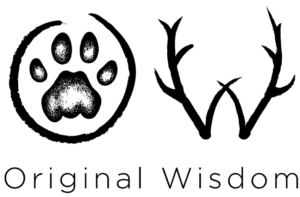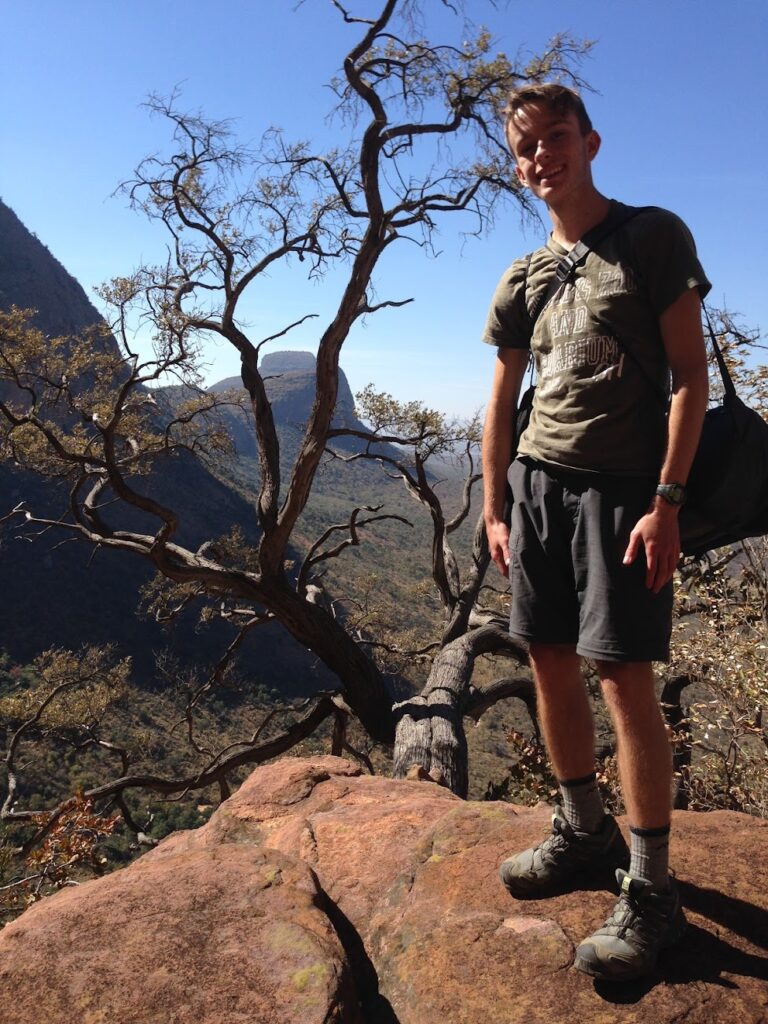In an earlier newsletter, I wrote about The Secrets of Success” for Tracking – The Lost Trail Drill.
Here’s The Lost Trail Drill again:
The Lost Trail Drill
Because everyone loses the trail…
- Always know where your last confirmed track is, and go directly back to it.
- Choose the most obvious route, first, then the next most obvious route, and so forth.
- Look ahead for track-traps.
- Practice being quiet and paying attention with all your senses.
Repeat until you find the animal.
Afterward, someone asked me to clarify, “What do you mean by track traps? Are they areas where tracks don’t show up?
A Track Trap is exactly the opposite.
A track trap is an area where you will see tracks if the animal went there. In an area that’s very difficult to see tracks, such as a rocky area where you would struggle to find every (or sometimes any) track across it, a track trap might be a little spot where sand has drifted between the rocks halfway across the difficult area. Or, it might be at the other side, the edge, of the difficult area where the rock transitions to the next type of habitat. So, when you are looking ahead you are looking along the direction the animal is moving for areas where you know you are going to see its tracks. It saves you time, because otherwise you’d have to slow waaaaayyyyy down and look for tiny grains of sand or soil (what we call transfer, because it has transferred from one step to another) in each footprint – and you’ll never catch up to your animal if you have to find every track! So track traps are a shortcut, a way to make up time. If you see one in the direction your animal is heading, you can jump ahead and check it. If your animal’s tracks aren’t there, you go back. But if your animal’s tracks are there, bingo, you’ve saved yourself a lot of time and effort.
Because I waxed a little philosophical in that earlier newsletter, with: “The important thing is not that you never lose the trail, the important thing is HOW you find the trail again after you’ve lost it. (Hmmm… that seems like a metaphor for life, doesn’t it?)” I got a response saying, “This is also great life advice, as well!” and then, “What do you think track traps could be in life?” A great question. What do you think? What areas/things in your life help you to stay on your trail? I just love this stuff because it applies to everything!
If you like this, please share it, and tag us at #trackingisoriginalwisdom, #trackermentoring, #natureguidetraining, #cybertracker , and #trackercertification
Download Original Wisdom’s recommended reading list for trackers by signing up for our newsletter! Once the sign-up form has been submitted, you will be re-directed to the download page. Our recommended reading list is specific to Southern Africa and North America, but, a good tracking book is helpful in any region as a starting point to learn how to look at track morphology and animal behavior.
[contact-form-7 id=”2892″ title=”Subscribe to the newsletter”]Interested in online and correspondence tracking courses? Visit us at TrackerMentoring.com.
Check out our calendar at OriginalWisdom.com for our in-person tracking courses and CyberTracker evaluations/assessments in Africa or North America (trailing and track & sign identification). We also run ecological and cultural education programs in Africa for academic institutions.
Become a qualified guide in South Africa through our 60-day, entirely in-the-field, FGASA Apprentice Guide program. Led by renowned trainer, guide, and author Lee Gutteridge. Find out more at NatureGuideTraining.com or email lee@natureguidetraining.com.
Don’t see what you need? Contact kersey@originalwisdom.com to custom design a program for your group. We can come to you or you can come to us!

